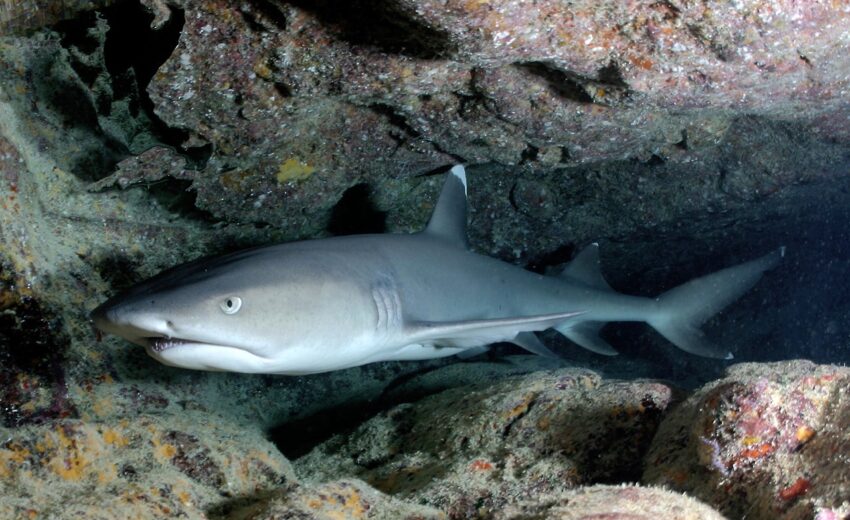The grey reef shark is a commonly seen shark in the Pacific and Indian Oceans, as well as in the Caribbean Sea. They prefer reefs, but can also be found in lagoons and even in the open sea. Unfortunately, they face the threats
- Zoology
- Daily Critter Facts
- For Teachers
- Study Guides
- Animal Diseases & Parasites
- Contact


